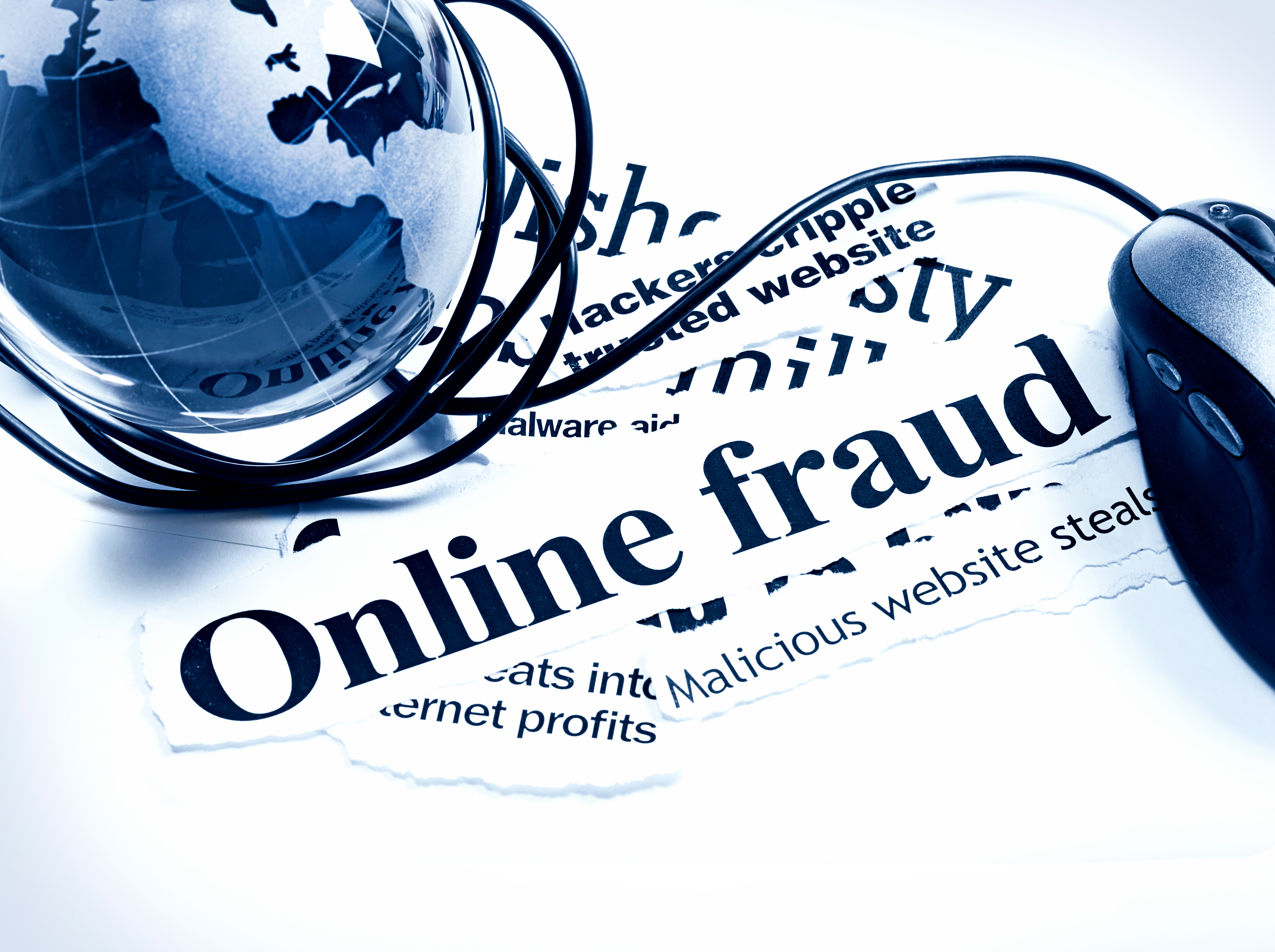Knowing which links or attachments mean trouble can keep you safe from cyber crime
By Matt Smith
Last week, we looked at the recent Senate committee report on cyber security, which points out that Canadians have a long way to go in terms of staying safe online. One of the oldest tricks in the book of cyber crime is the spam e-mail, and spammers are becoming increasingly sophisticated. Before you click on that mysterious e-mail attachment, urgent message “from your bank,” or social media message link, here are some things to watch for to ensure that you don’t fall victim to a cyber attack.
Regardless of who the sender claims to be, always use caution when opening any unexpected links you receive by e-mail. Be suspicious. It’s not uncommon to receive e-mail messages containing a link and little else—that’s a red flag. Avoid clicking on links or downloading attachments sent to you if there’s no context given or if the surrounding text is gibberish.
Generally, it’s safest to delete the message. You can also check to see where the communication has come from. Many spammers “spoof” legitimate e-mails, making it appear that their messages come from the recognizable name of a person or business. You should be able to expand the “sender” field in your e-mail client (usually by clicking on either their name or on an arrow icon next to it) to view more information about the sender. This includes not only the sender’s name but full e-mail address.
Ignore anything that seems suspicious. If the e-mail appears to be from a friend, send her a message asking whether if she meant to send you the link. It’s quite possible that her account has been hacked and that is sending out dangerous links to everyone in her address book without her knowledge. If you receive something that appears to be from a business, make sure that the address matches one listed on the company’s official website. If you’ve received a link via social media, click through to the sender’s profile to determine whether or not it’s legitimate.
Even if everything seems to be in order, you can never be too careful. More sophisticated scammers may mention personal details about you that they’ve been able to gather from data breaches. If you do follow a seemingly suspicious e-mail link, be sure to check the address bar at the top of the page it leads to. Even if the site’s content looks legitimate, you should leave if the web address looks off. If you’re being prompted to log into an account, close out of the link and access the site directly rather than risk having your password stolen.
Photo: iStock/juststock.






